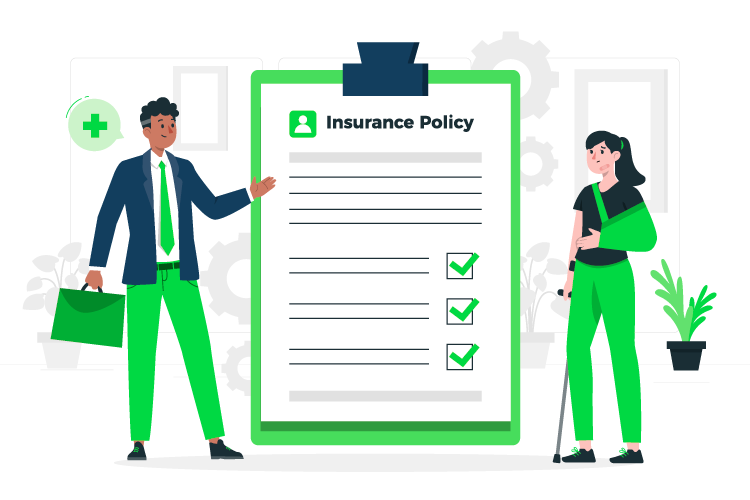HIPAA (Health Insurance Portability and Accountability Act)
The Health Insurance Portability and Accountability Act (HIPAA) is a U.S. federal law enacted in 1996 to protect sensitive patient health information from being disclosed without consent. HIPAA establishes national standards for healthcare data privacy and security, ensuring the confidentiality, integrity, and availability of Protected Health Information (PHI). It includes key provisions such as the Privacy Rule, which governs the use and disclosure of PHI, and the Security Rule, which mandates safeguards for electronic PHI (ePHI). Additionally, the Breach Notification Rule requires covered entities to notify individuals in case of a data breach. HIPAA applies to healthcare providers, insurers, and business associates handling PHI, with strict penalties for non-compliance, including fines and legal consequences. The law enhances patient rights by granting them access to their medical records and control over how their data is shared.

Simplified Policy Creation and Maintenance
Streamline the process of managing policies and procedures by integrating with Microsoft Word and utilizing pre-designed templates. This enables quick document creation and real-time updates, ensuring compliance with the latest regulations and eliminating version control issues.
Efficient Compliance Issue Tracking and Reporting
Automate the management of compliance issues, allowing for faster identification and resolution. Easily create issues during testing, assign owners, track progress, and generate comprehensive, management-ready reports to improve decision-making and oversight.

Unified IT Compliance Environment
Simplify IT compliance management by integrating processes, risks, controls, and audits into a centralized system. Easily adapt to regulatory changes by mapping updates to associated risks, controls, and policies, ensuring an integrated approach to managing IT compliance requirements.
Streamlined Control Testing and Self-Assessments
Easily design and distribute surveys for control tests or self-assessments, assigning control samples to testers and assessors. Utilize a scope advisor to select the most relevant tests based on risk ratings, ensuring efficient and effective evaluation aligned with regulatory standards.


Comprehensive IT Compliance Harmonization
Ensure consistency in IT compliance by harmonizing controls across various regulations like HIPAA, NIST, and ISO. Strengthen governance and risk management by focusing on the most critical areas for cybersecurity compliance and using standardized frameworks for better oversight.
